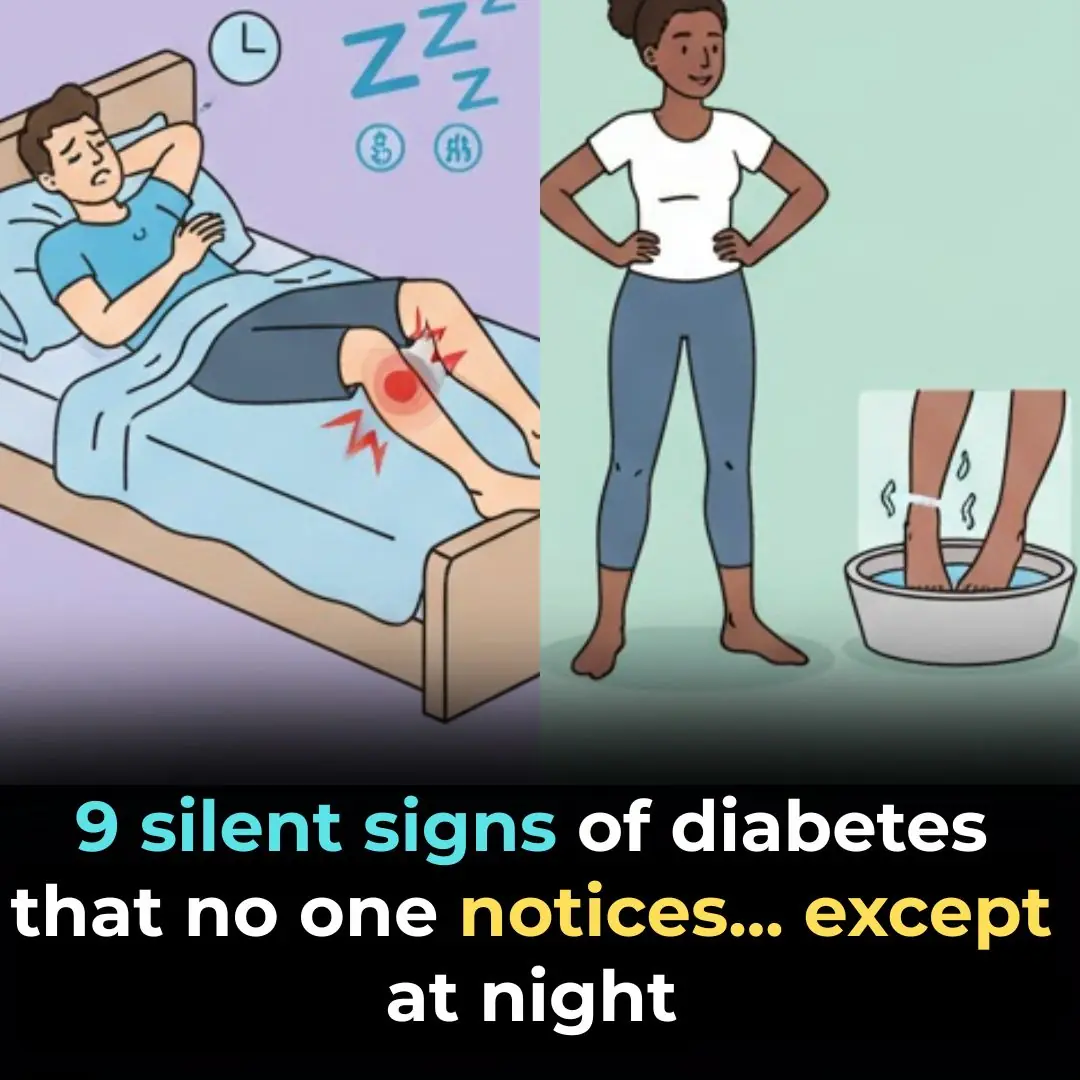
Signs and Symptoms That May Indicate High Cholesterol Levels

High cholesterol is often called a “silent threat” — because it usually develops without obvious symptoms. Many people live for years with elevated cholesterol levels, unaware that fatty deposits are slowly building up in their arteries and increasing their risk of heart attack or stroke.
Understanding the early signs, risk factors, and natural ways to manage cholesterol can help you protect your heart and overall health before serious complications arise.
🩸 1. No Symptoms — The Most Common Scenario
In most cases, high cholesterol shows no visible symptoms. You might feel perfectly healthy while your arteries gradually narrow due to plaque buildup.
That’s why routine blood testing is the only reliable way to detect it. A simple lipid profile can reveal your total cholesterol, LDL (“bad” cholesterol), HDL (“good” cholesterol), and triglyceride levels.
Tip: Get your cholesterol checked at least once every 1–2 years, especially if you’re over 35, overweight, or have a family history of heart disease.
💛 2. Xanthomas (Fatty Deposits Under the Skin)
In people with very high cholesterol, yellowish patches or bumps called xanthomas may appear under the skin. They’re caused by cholesterol-rich deposits and often develop around:
-
The eyes (xanthelasma)
-
Elbows, knees, or joints
-
Tendons, such as the Achilles
While xanthomas are painless, they can be an important external sign that cholesterol levels are dangerously elevated.
What to do: If you notice such changes, don’t ignore them — ask your doctor for a lipid test and cardiovascular evaluation.
❤️ 3. Chest Pain or Angina
Persistent or recurring chest discomfort, tightness, or pain may indicate that cholesterol buildup is restricting blood flow to the heart. This condition, known as angina, is often an early symptom of coronary artery disease (CAD).
Angina can feel like pressure or heaviness in the chest and might spread to the shoulders, neck, or jaw — especially during physical activity or stress.
Warning: If you experience sudden or severe chest pain, seek emergency medical attention immediately, as it could be a sign of a heart attack.
🦵 4. Leg Pain While Walking (Claudication)
If your legs ache, cramp, or feel weak when you walk but improve when you rest, you might have peripheral artery disease (PAD).
PAD occurs when cholesterol deposits narrow the arteries in your legs, reducing circulation and oxygen delivery to muscles.
Signs to watch for:
-
Cold or pale feet
-
Slow-healing wounds on legs or toes
-
Weak pulse in the ankles or feet
Why it matters: PAD is not just a leg problem — it’s a warning that arteries throughout your body may also be clogged.
⚡ 5. Heart Attack or Stroke
Unfortunately, for some people, the first sign of high cholesterol is a major cardiovascular event, such as a heart attack or stroke.
This happens when a piece of plaque breaks off and blocks a vital artery, cutting off oxygen to the heart or brain. These life-threatening conditions often develop silently over years of untreated cholesterol buildup.
Prevention is key: Keeping cholesterol in check through diet, exercise, and regular screening can dramatically reduce your long-term risk.
👁️ 6. Corneal Arcus (Gray or White Ring in the Eye)
A grayish-white ring around the outer edge of your cornea—known as corneal arcus—is often harmless in older adults.
However, when seen in people under 45, it can signal genetically high cholesterol (familial hypercholesterolemia), a condition that greatly increases heart disease risk.
If you notice this ring and you’re young or have a family history of heart issues, discuss it with your healthcare provider and request a full lipid screening.
😮💨 7. Fatigue or Shortness of Breath
Narrowed arteries restrict oxygen-rich blood from reaching your muscles and organs, causing fatigue, dizziness, or breathlessness, especially during exertion.
Over time, this can affect daily activities, reducing stamina and overall vitality.
What helps: Improving diet, exercising regularly, and managing cholesterol early can significantly enhance your energy and endurance.
🧪 Get Tested: Lipid Profile — The Only Reliable Detection Method
Because symptoms are often subtle or absent, a blood lipid test remains the gold standard for identifying high cholesterol. It measures:
-
Total cholesterol
-
LDL (low-density lipoprotein) – the “bad” type that causes buildup
-
HDL (high-density lipoprotein) – the “good” type that removes excess cholesterol
-
Triglycerides – another fat linked to heart disease
People with diabetes, obesity, high blood pressure, or a family history of heart disease should be especially vigilant and test more frequently.
🦐 The Natural Solution: Krill Oil
One of the most effective natural supplements for supporting heart health is krill oil — extracted from tiny shrimp-like crustaceans found in the cold ocean waters.
Unlike traditional fish oil, krill oil contains omega-3 fatty acids bound to phospholipids, which makes them easier for the body to absorb. It’s also rich in astaxanthin, a powerful antioxidant that protects cells from damage.
🌿 Proven Benefits
Scientific studies suggest that krill oil can:
-
Lower triglyceride levels naturally
-
Improve the HDL-to-LDL ratio, balancing good and bad cholesterol
-
Reduce inflammation that contributes to artery damage
-
Enhance arterial flexibility and circulation
-
Support brain and joint health in addition to cardiovascular wellness
These effects make krill oil an excellent option for people looking to manage cholesterol naturally or supplement their existing treatment.
💊 How to Take Krill Oil
Krill oil is widely available in capsule form and easy to include in your daily routine.
Recommended dosage:
Typically 500–1000 mg per day, depending on your health goals and dietary intake.
Best practices:
-
Take it with food to enhance absorption.
-
Store capsules in a cool, dry place away from direct sunlight.
-
Consult your doctor before starting — especially if you take blood thinners, cholesterol medication, or blood pressure drugs.
❤️ Final Thoughts
High cholesterol often hides behind a calm surface — no pain, no warning, no visible signs — until it’s too late.
The good news is that early detection and proactive management can reverse much of the damage and greatly reduce your risk of heart disease.
By combining a balanced diet, regular exercise, sufficient sleep, and supplements like krill oil, you can protect your arteries, boost your energy, and keep your heart strong for years to come.
News in the same category

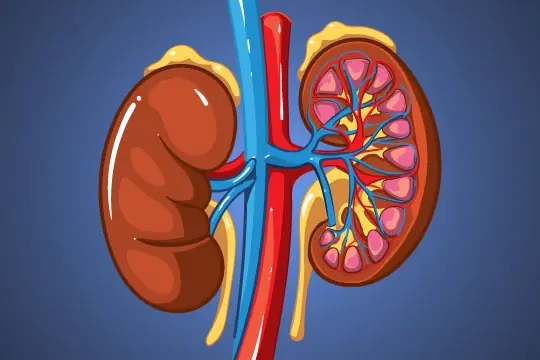
Healing Kidneys Naturally with Herbal Leaves: Supportive Strategies
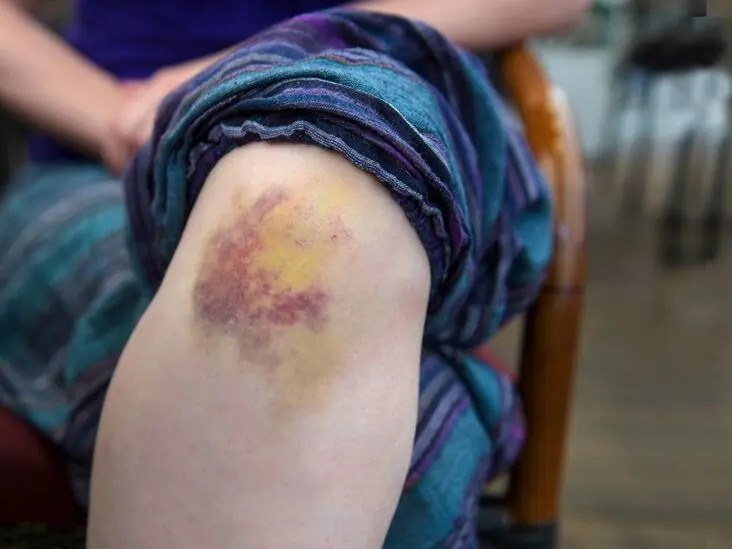
If Bruises Keep Showing Up Out Of Nowhere This Is What It Means for Your Health

8 EARLY WARNING SIGNS OF OVARIAN CANCER WOMEN SHOULD NEVER IGNORE THESE
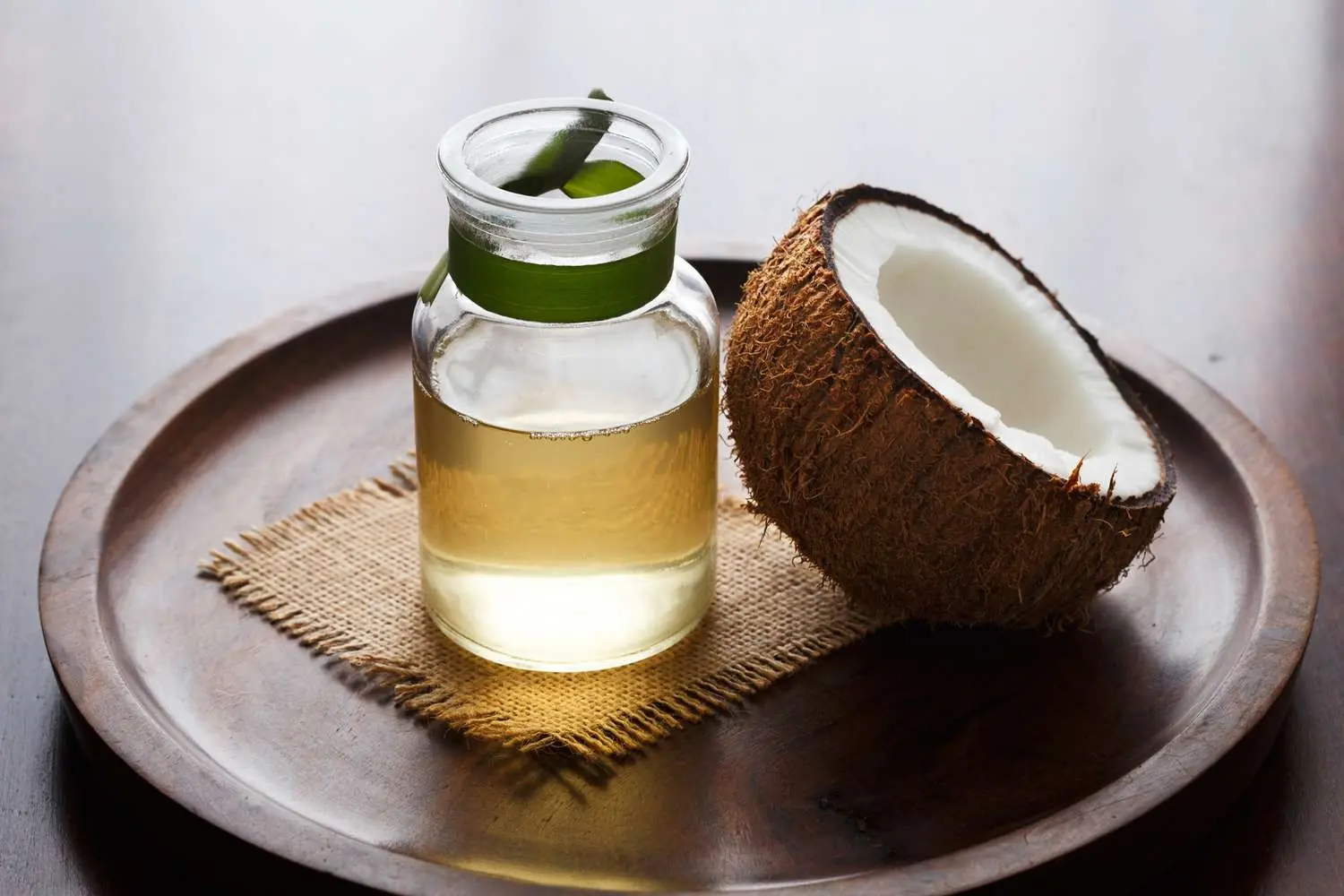
6 Ways Coconut Oil Can Benefit Those With Thyroid Problems

Top 5 Drinks To Improve Vision Naturally (Science-Backed)
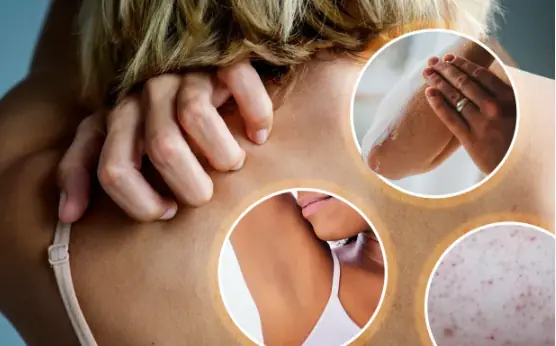
12 Surprising Skin Changes That May Signal Diabetes (A Must-Know Guide)
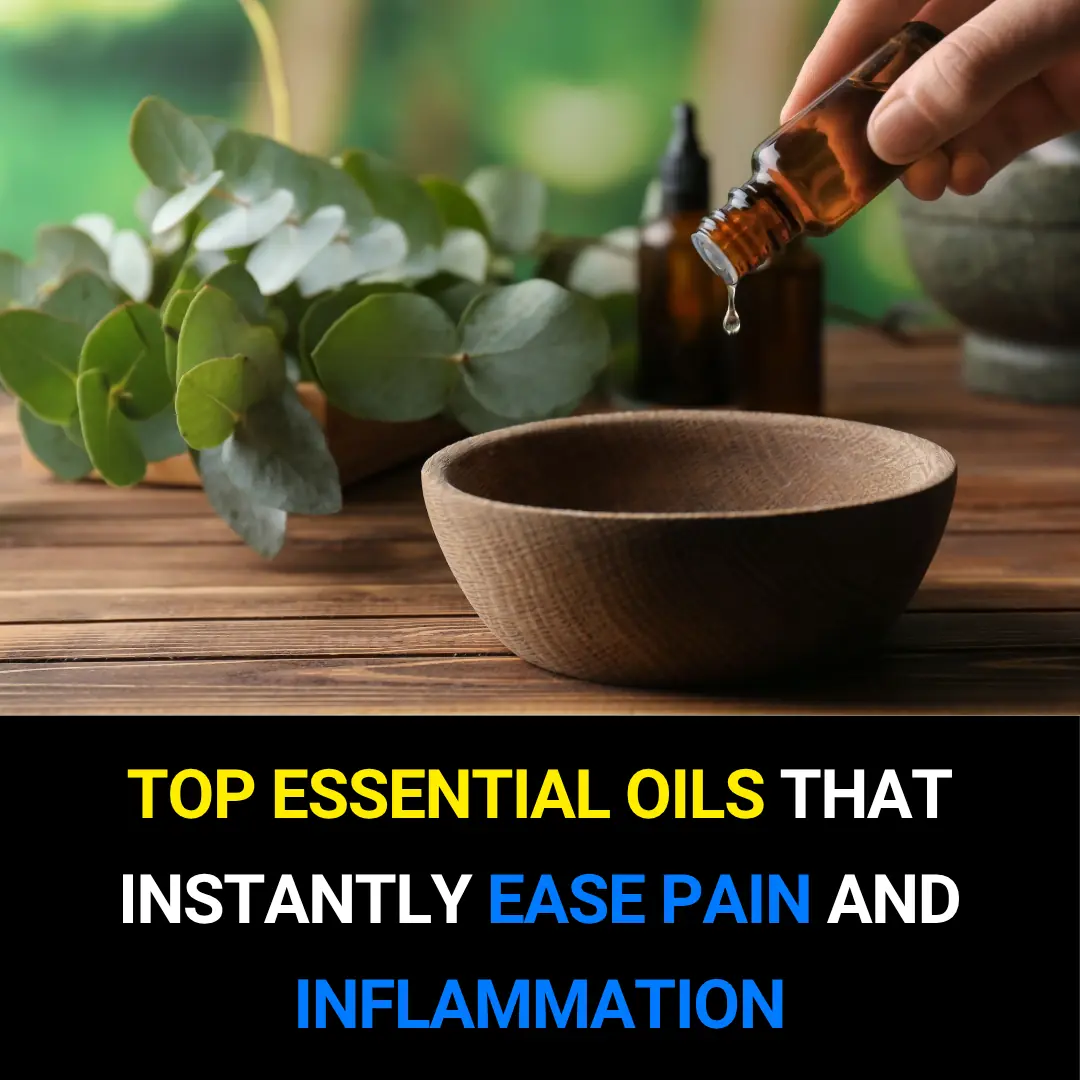
The Top Essential Oils to Relieve Pain and Inflammation (Research Based)

Science-Backed Benefits of Thyme: From Blood Pressure to Bronchitis Relief

5 Common Mistakes When Drinking Water That Can Affect Your Health

Napping During The Day Seriously Affects Brain Aging
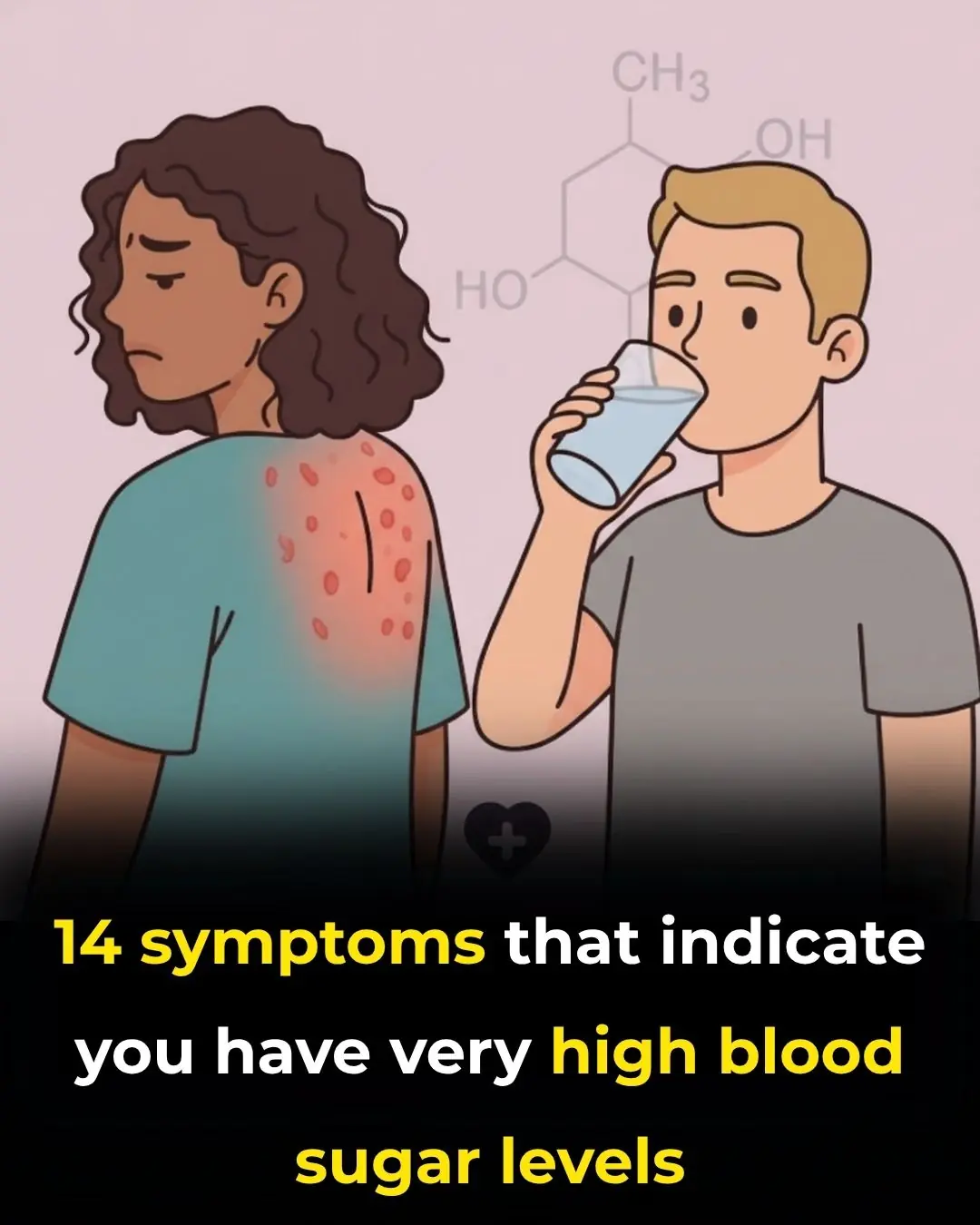
14 SYMPTOMS you should pay attention to
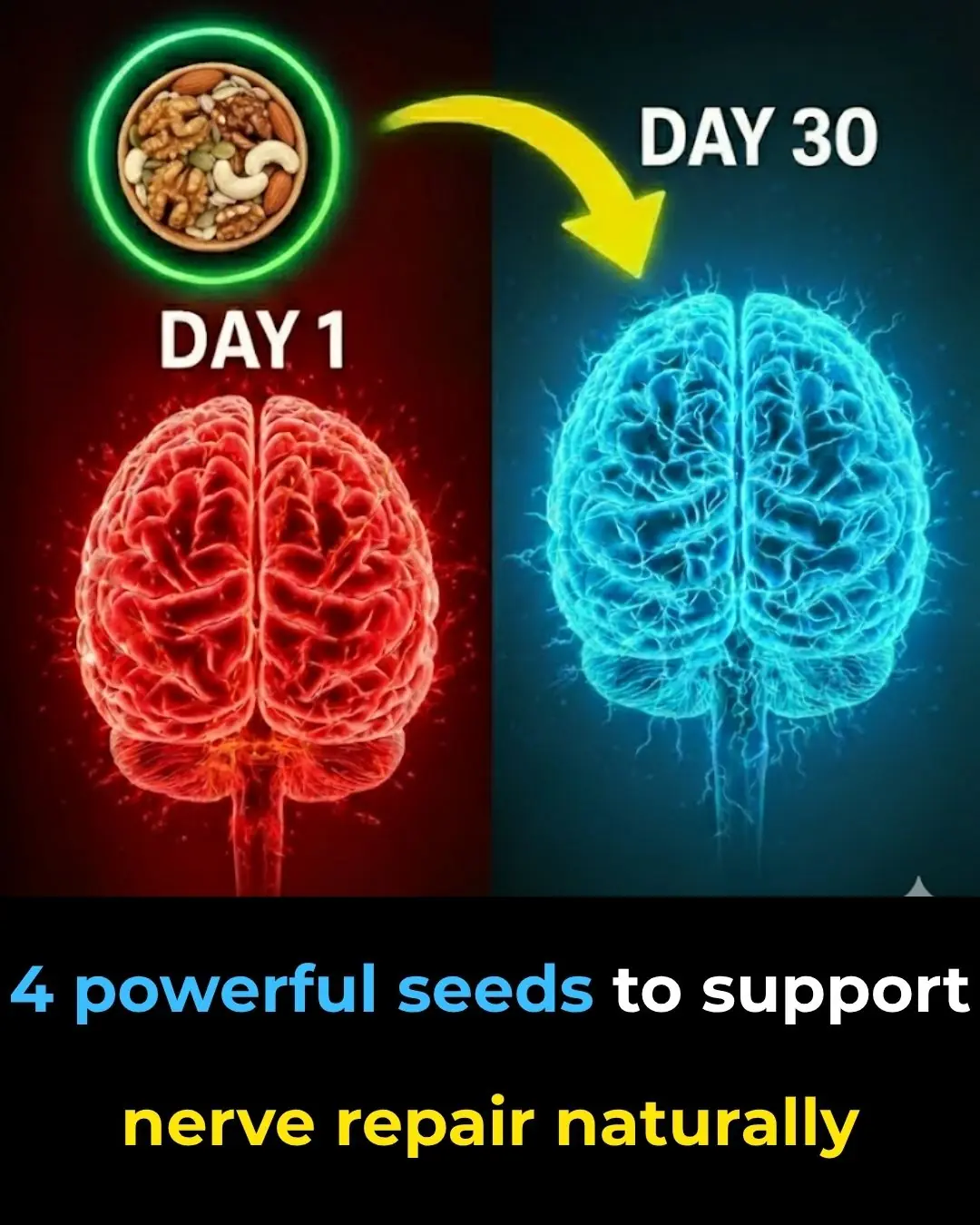
The surprising power of 4 seeds to repair your nerves naturally
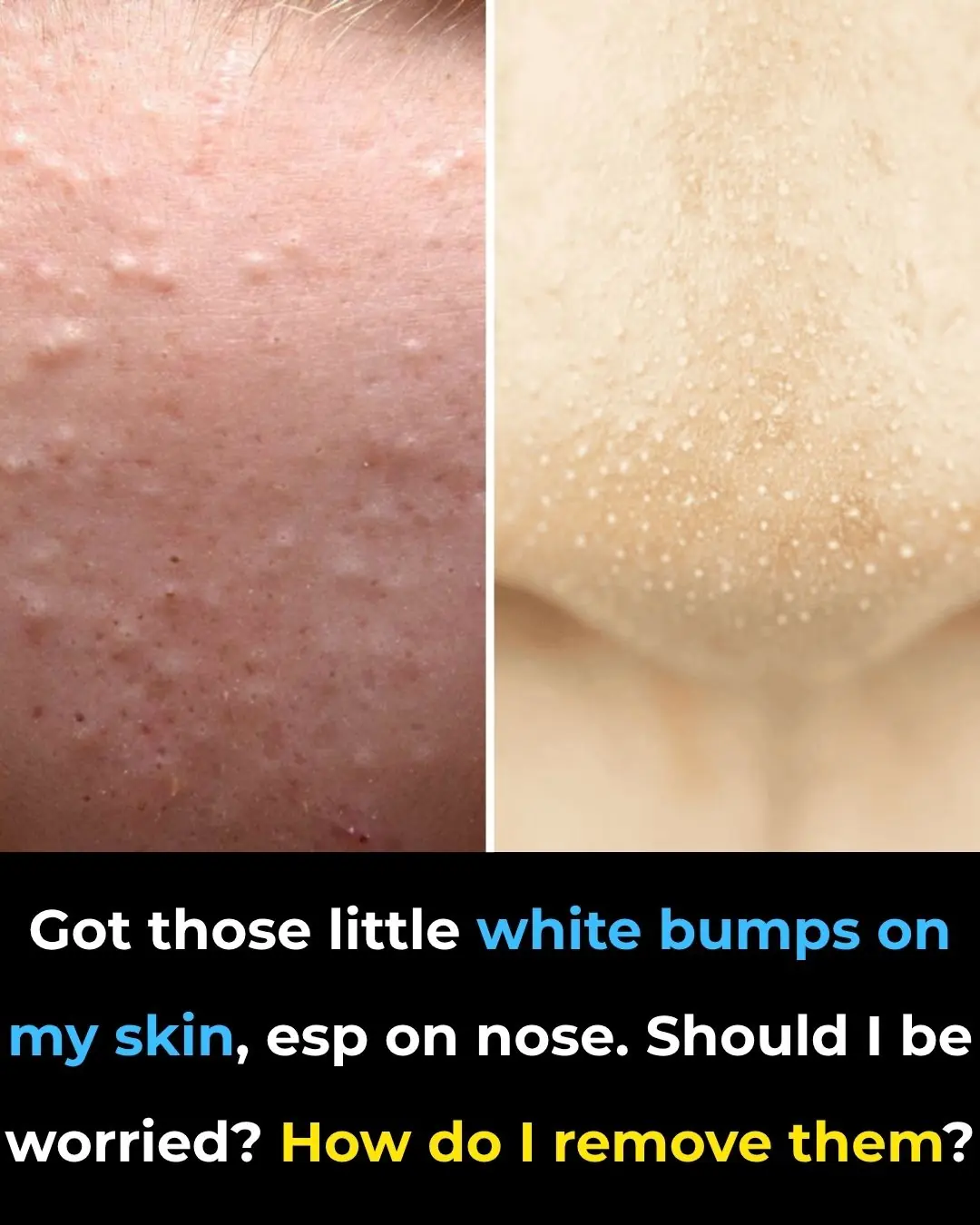
White Bumps on Your Face Don’t Try to Remove Them
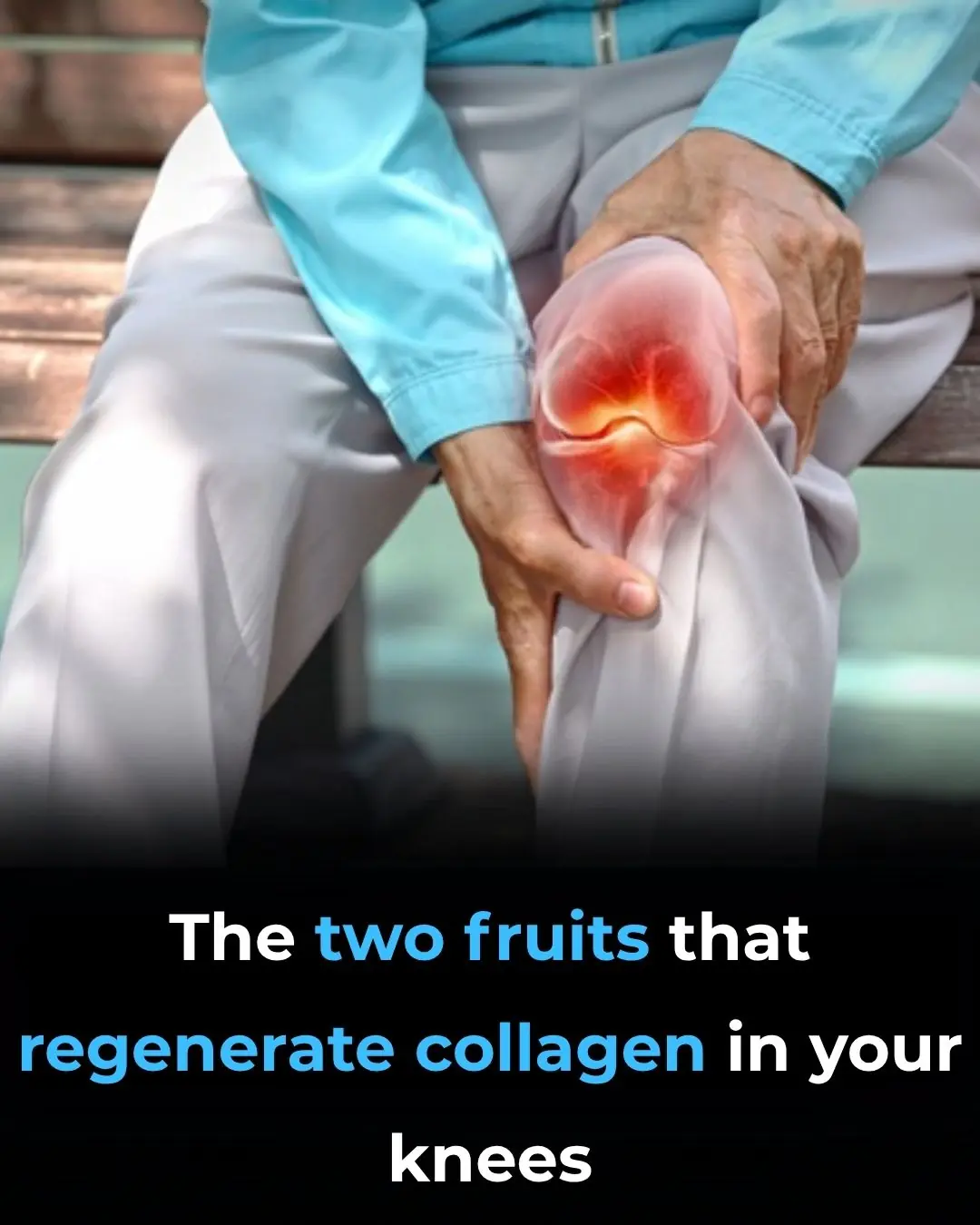
Support Joint Health Naturally
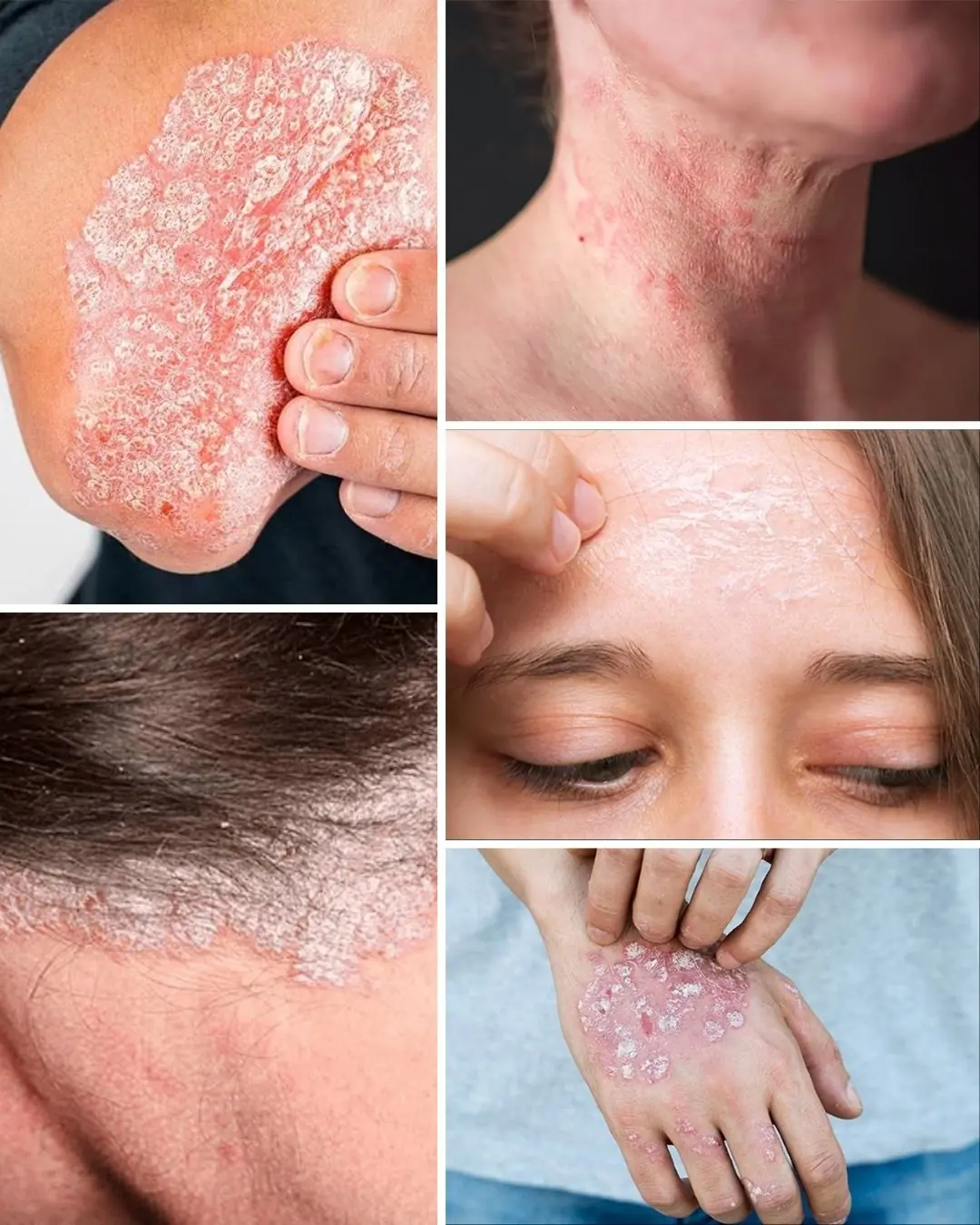
Signs you should know if you have this thing called…
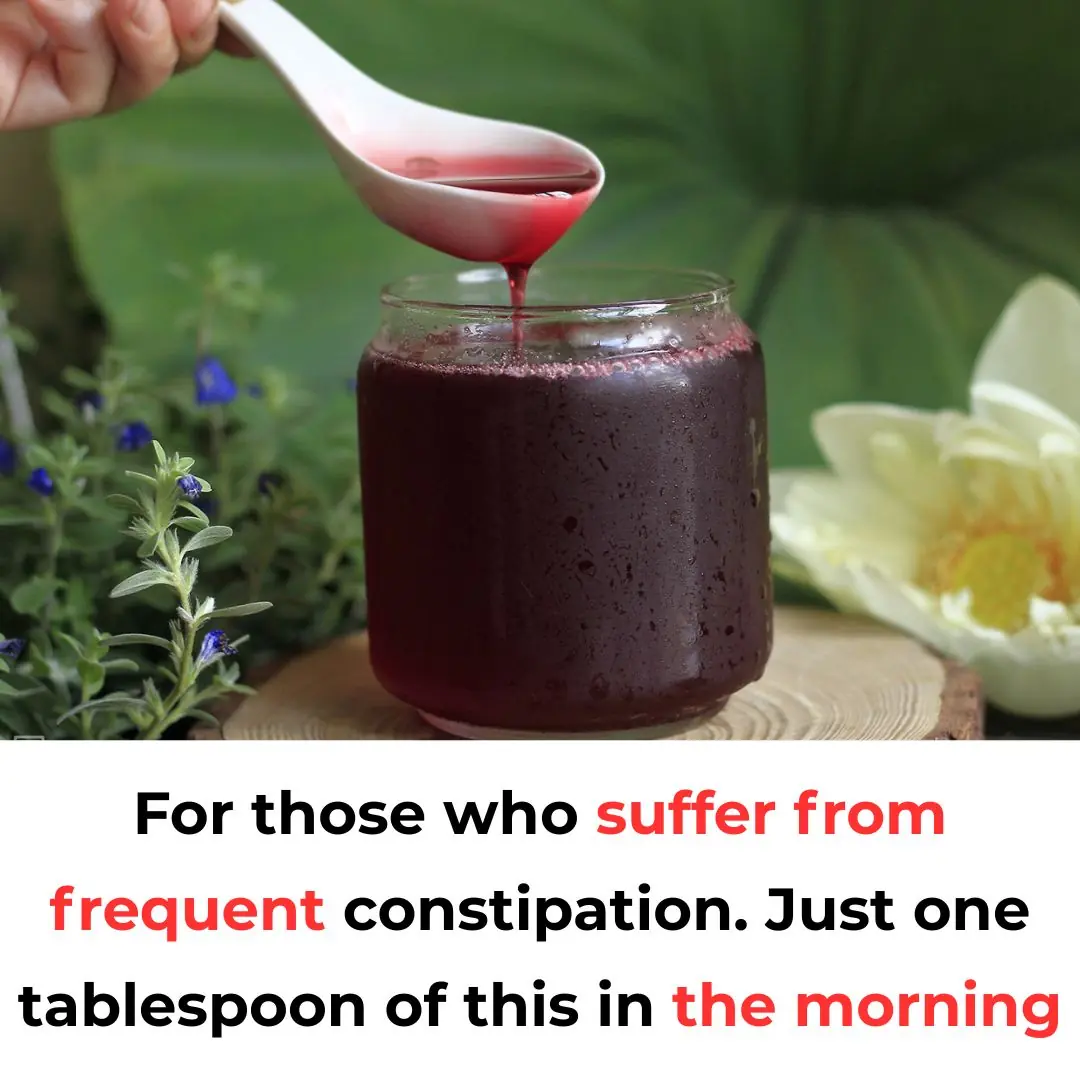
Just One Spoon and You’ll Rush to the Bathroom to Flush Out All the Poop Stuck Inside You
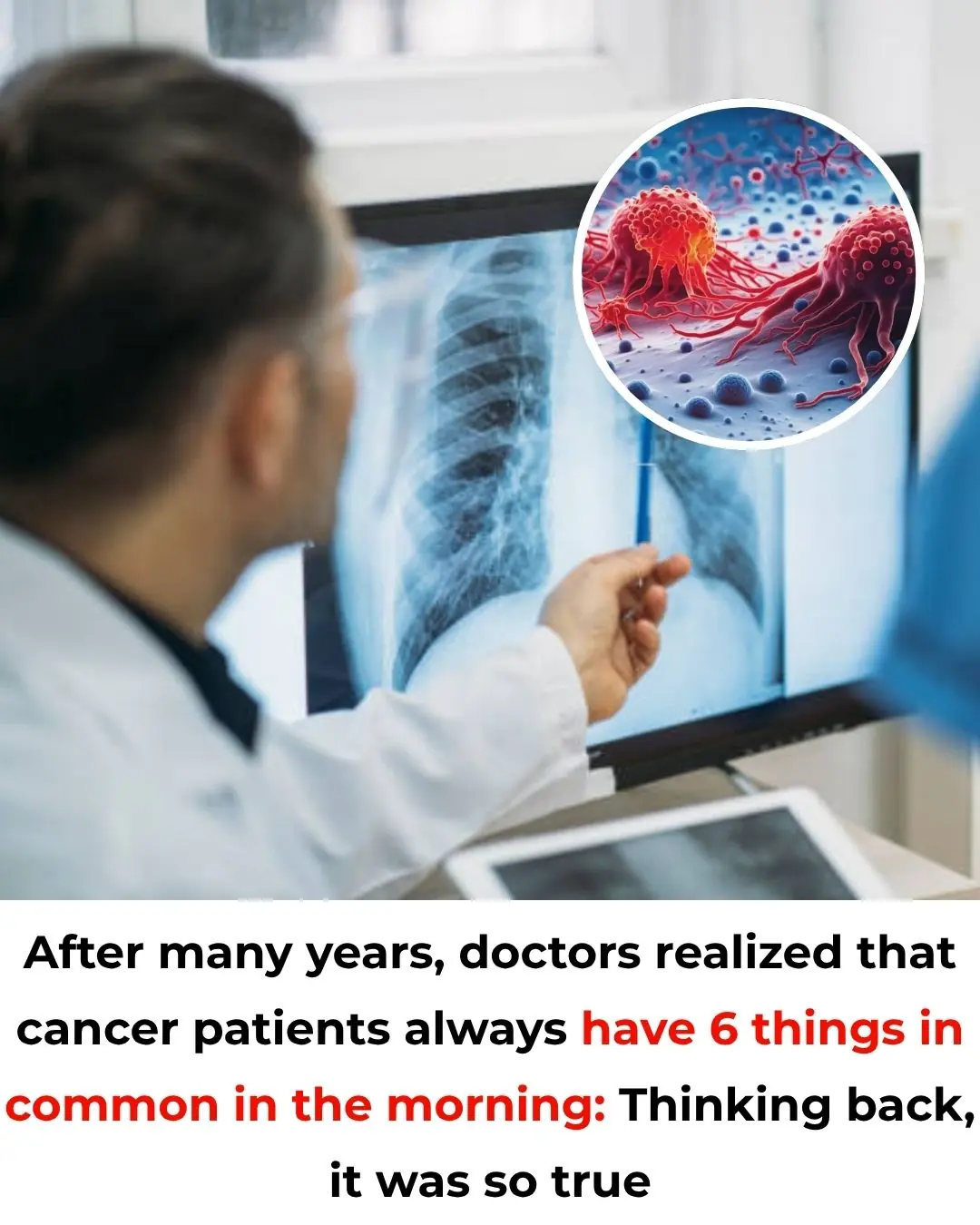
After many years, doctors realized that cancer patients always have 6 things in common in the morning: Thinking back, it was so true

36-year-old teacher died of diabetes despite not liking sweets, doctor said it was due to 4 dishes she loved
News Post

Prince Harry Had Two Close Encounters with Known Stalker During Recent U.K. Visit

A simple tip on how to grow ginger using cement bags, never had such a good yield of ginger
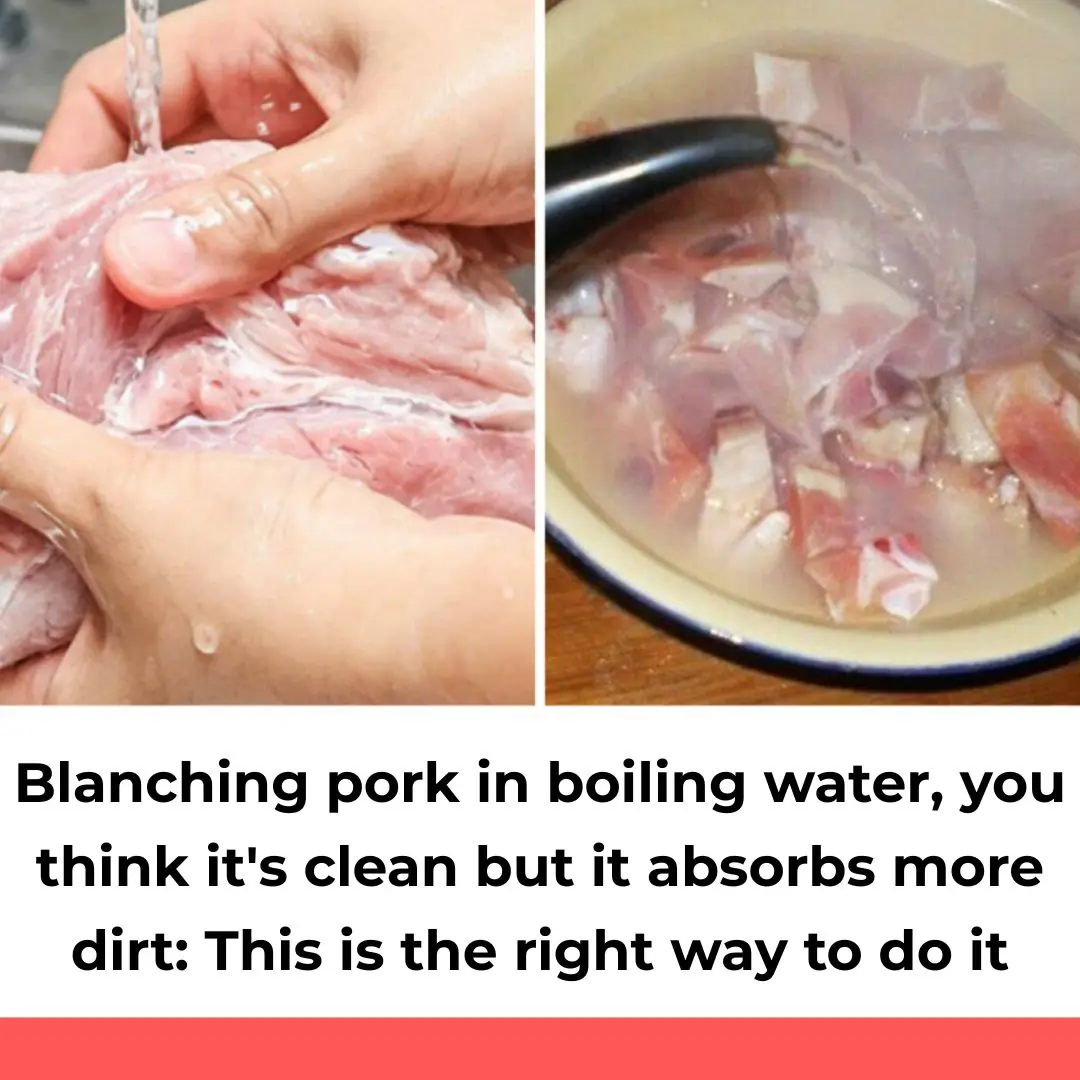
Blanching pork in boiling water, you think it's clean but it absorbs more dirt: This is the right way to do it

Married at First Sight UK fans crown 'best match' after two weeks

Selena Gomez’s kidney donor, Francia Raisa, addresses wedding snub and feud rumors

David Ortiz sparks awkward moment on Fox postgame show: ‘Sounds like Hitler’

Crabgrass for Hair Loss: Natural Remedies and Uses

The Ultimate Healing Tonic: A Powerful Drink to Combat Swollen Feet, Diabetes and Poor Circulation
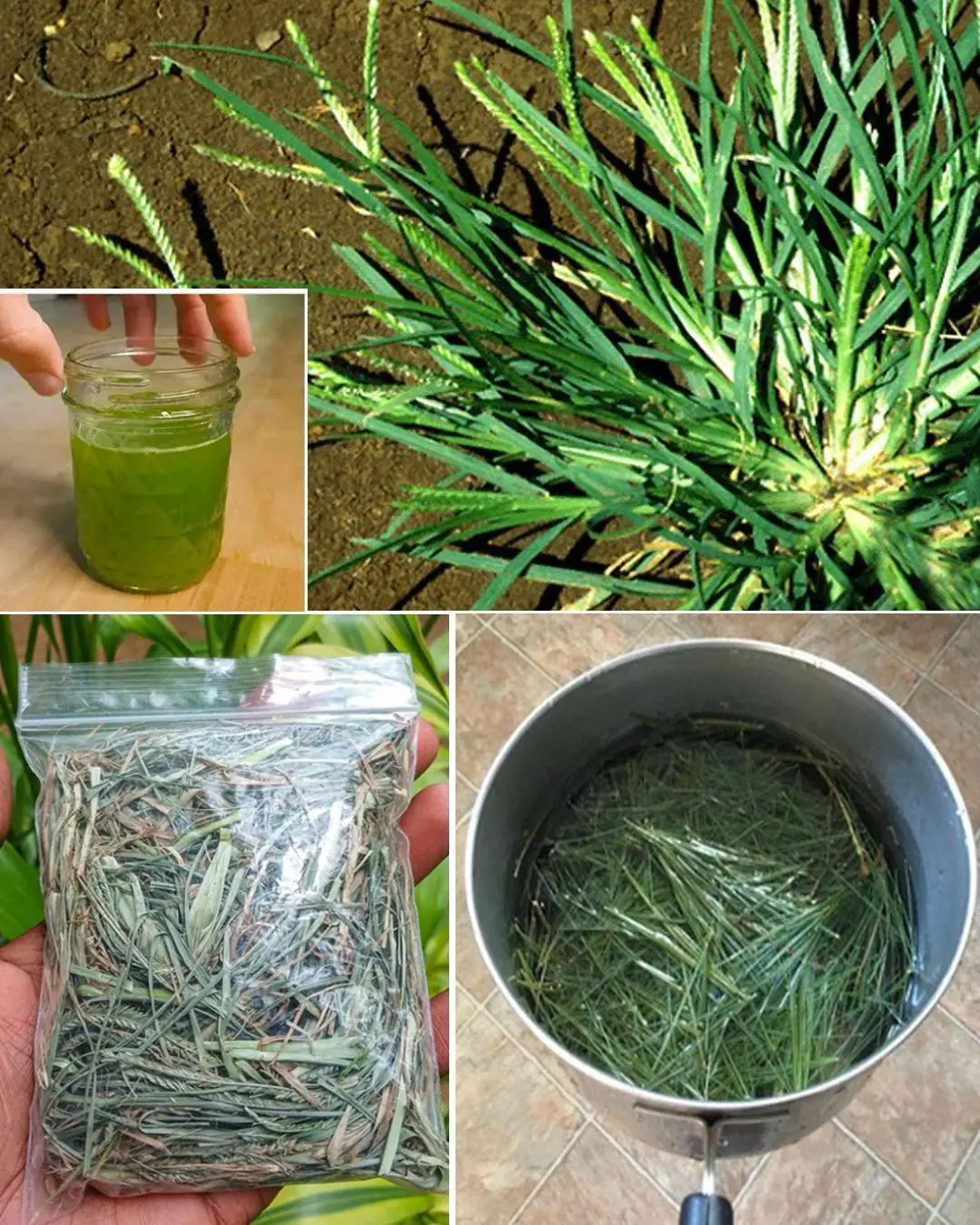
Goosegrass: Health Benefits and Uses

How to grow ginger at home to have an endless supply (and make it flower)
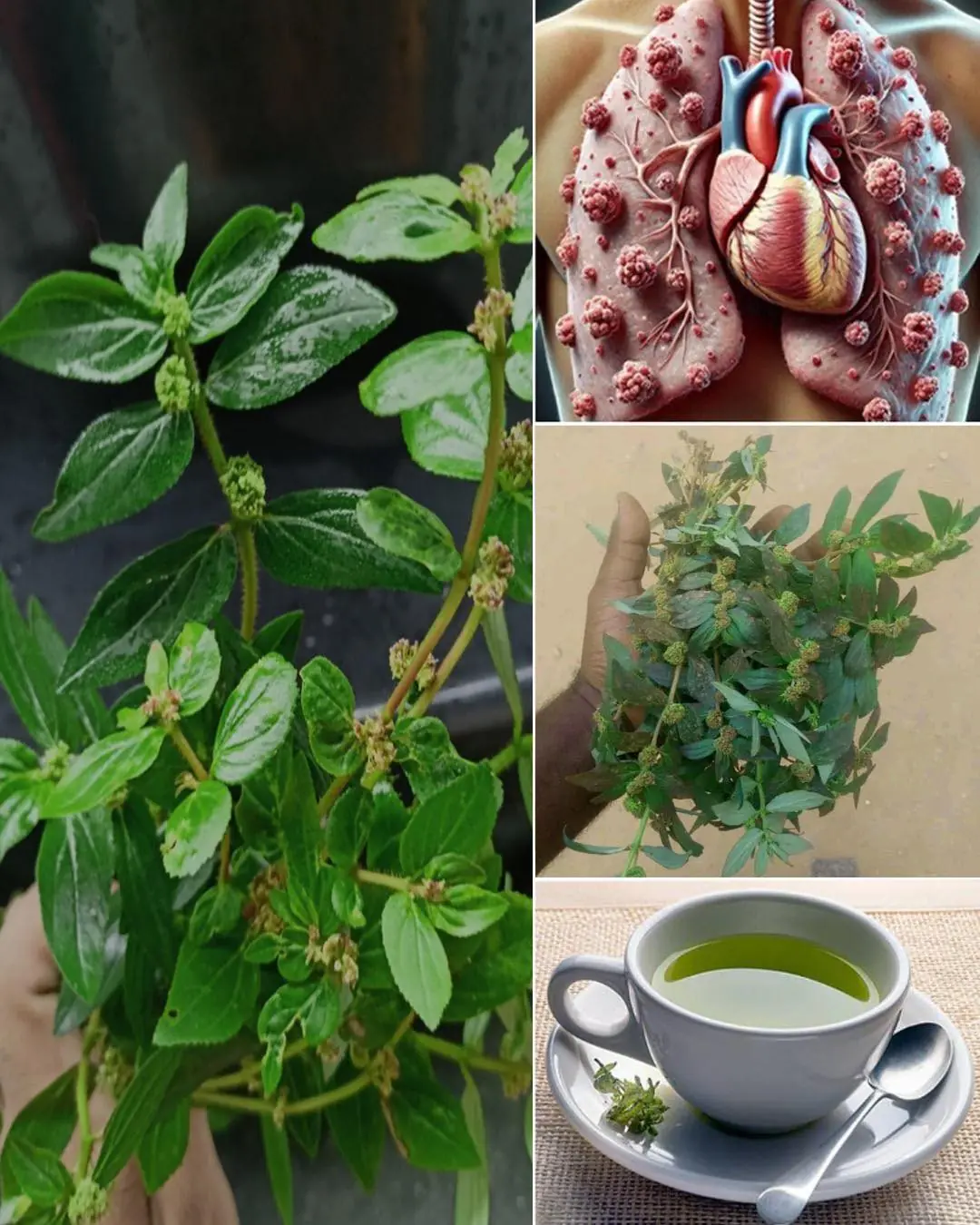
Asthma Plant Tea – Benefits and Uses of Euphorbia hirta
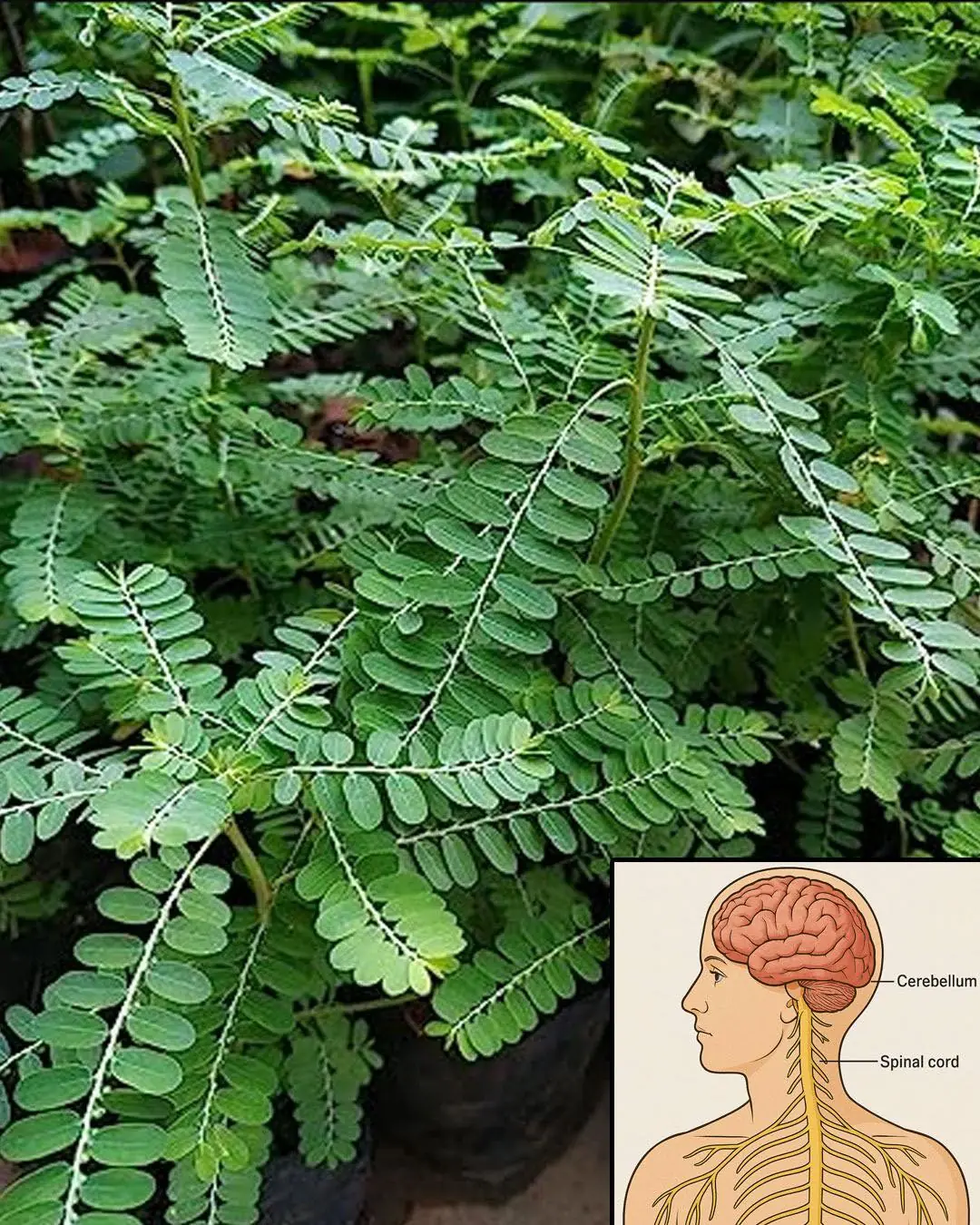
Chanca Piedra (Stonebreaker): Benefits and Uses

7 benefits and uses of Plantago Major
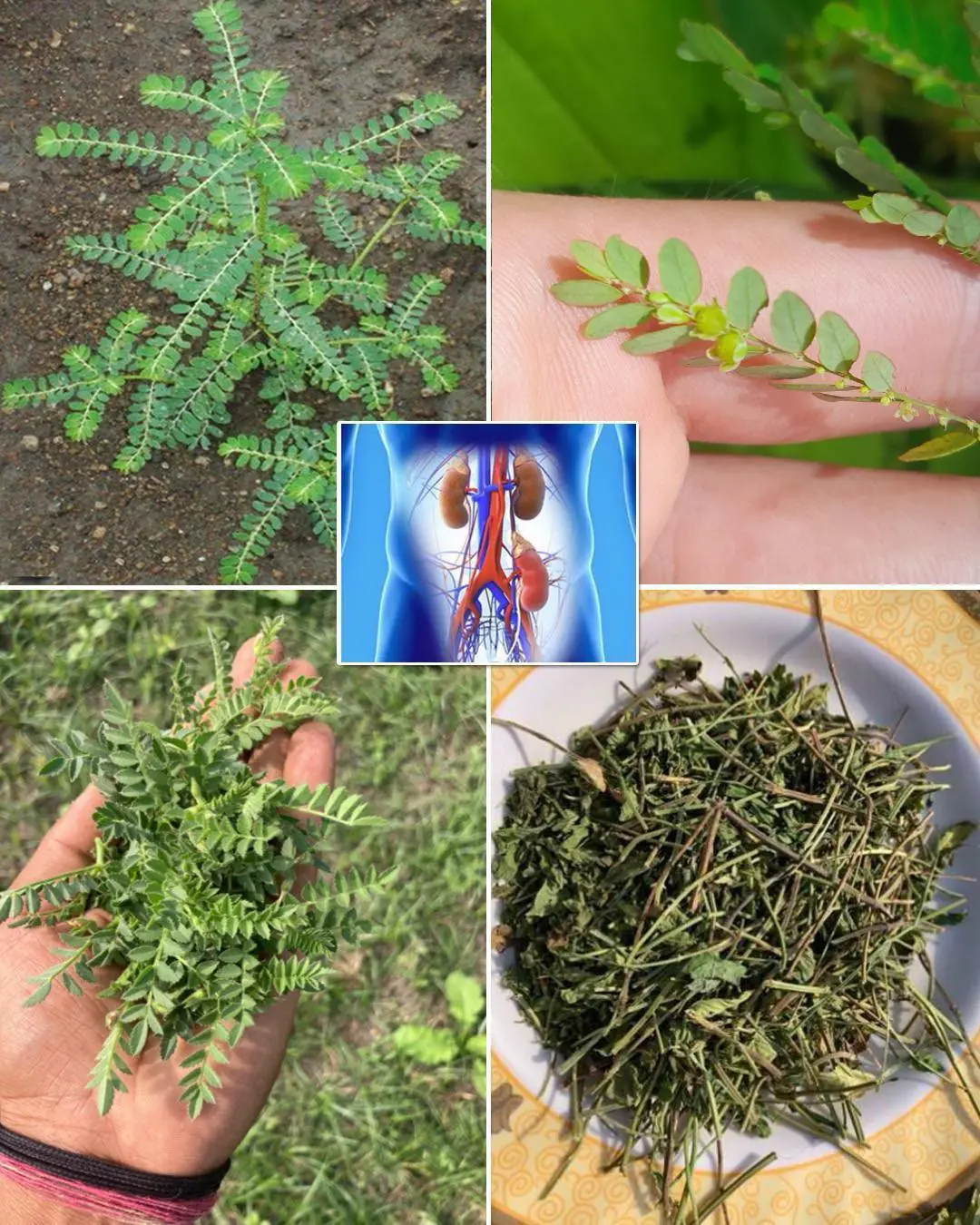
Chanca Piedra (Stonebreaker): Benefits and Uses

A Call for Help at 2 AM: How One Officer Changed a Boy’s Life with Compassion

Ten Minutes From Tragedy—A Dog’s Warning Changed Everything!

Teen Builds $500 Dialysis Machine That Works Faster Than Hospital Models
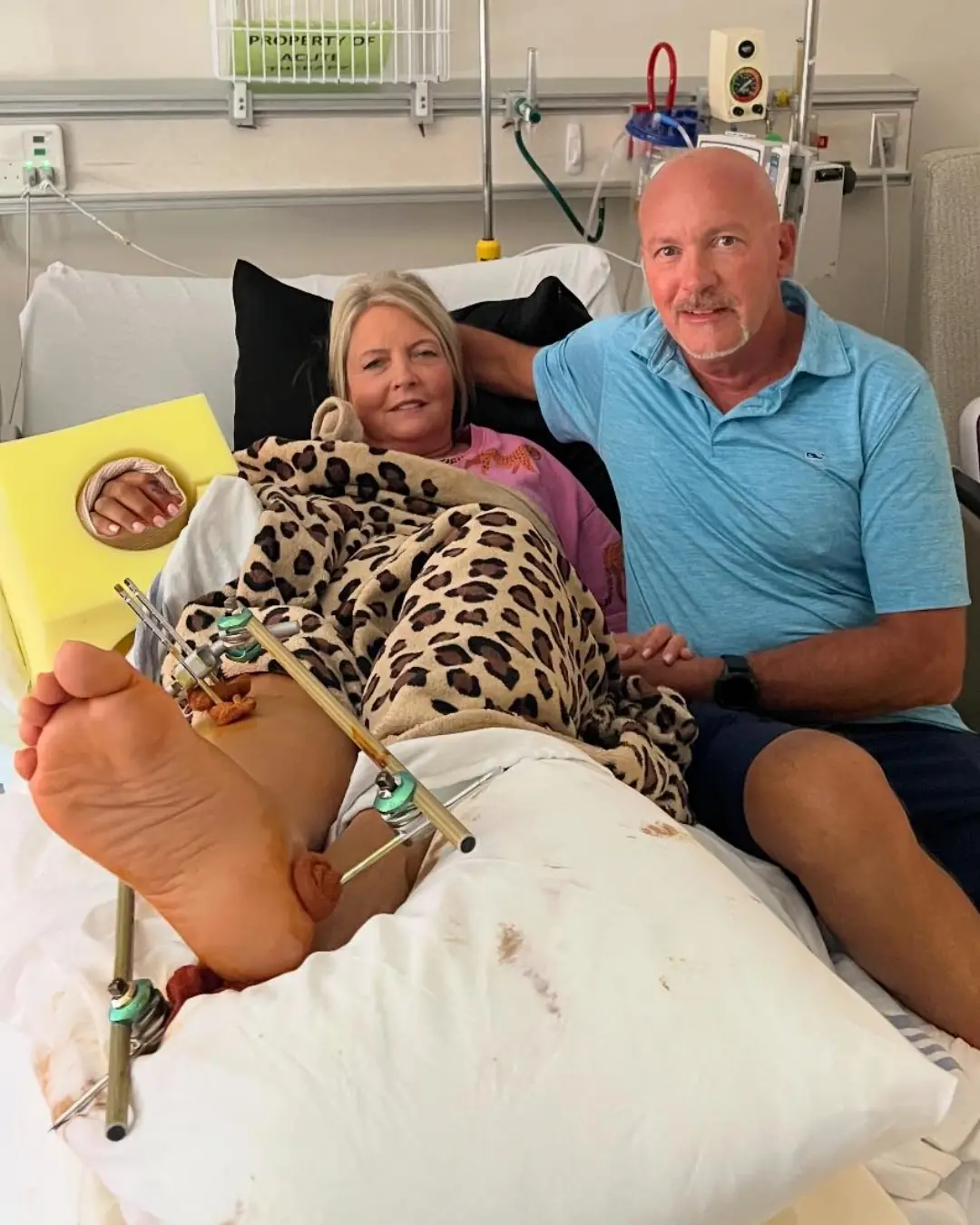
A Split-Second Decision: Mother’s Quick Thinking Saves a Child

A Letter from My Doggy Heart
